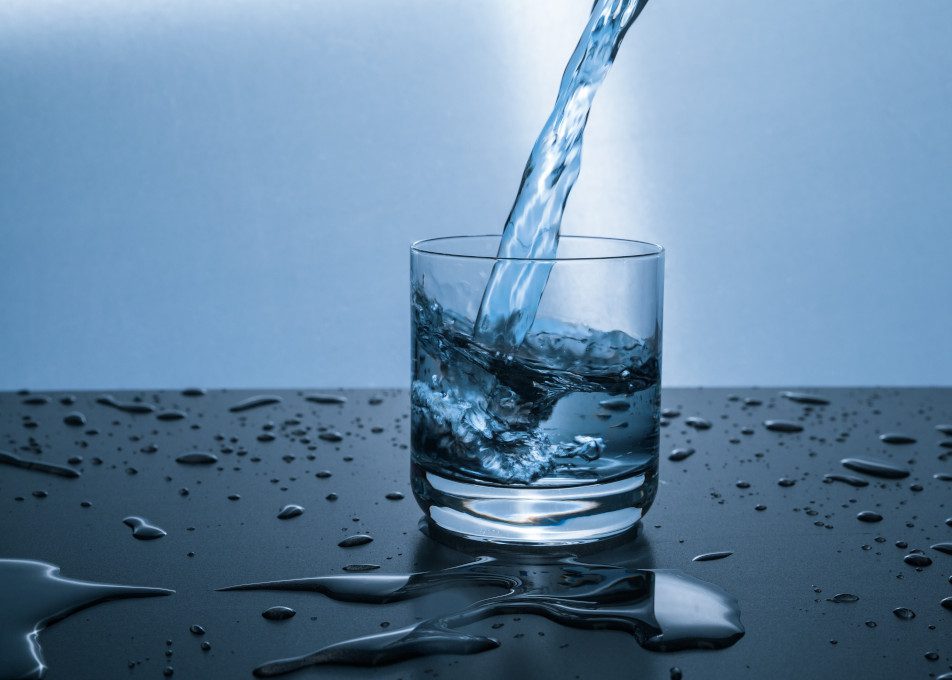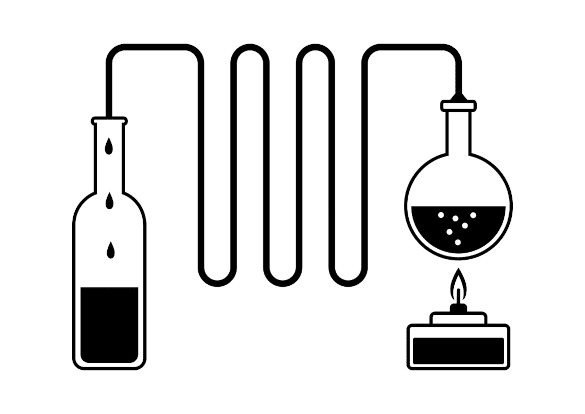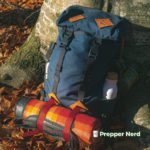Purifying water is a top priority in any prepper’s mind. It’s one of the most important things you can do to ensure your success in a disaster situation. If you are reading this, you are probably interested in learning how to purify drinking water no matter where you are, or what situation you find yourself in.
Water is essential for life and unless you have pre-prepared storage devices and jugs, it’s something that needs attention when disaster strikes. Keeping clean water ready at home, school, work, and anywhere else you spend time is critical.
Fortunately, there are many ways to purify drinking water! The following article will cover everything from boiling water, UV light, distillation, and more!

What’s the difference between filtering water and purifying it?
When you filter water, you’re just sending water through a filtration device to remove bacteria and other impurities that are in the water. When purifying water, you’re introducing a chemical or another disinfecting element to water to kill and remove harmful tiny microorganisms and viruses.
You should never rely on a filtration system alone to purify your water. Water filtration doesn’t remove contaminants that are hard to see, which is why water purification is safer and more reliable.
Boiling for Water Purification
There are a few different methods for water purification, but the easiest method is simply boiling your water. When water is boiled, most contaminants and bacteria will either be destroyed or released from the water. If you live in a climate where the ground is frozen, you may need to boil your water twice to make sure it is safe to drink.
It’s a simple process. You can boil water over a campfire or another reliable heat source for about 5-10 minutes. 10 minutes is your safest bet. The only negative part about this is that the water will taste flat because boiling drinking water removes the oxygen from it. Try shaking the water up or pouring it into other containers, back and forth a couple of times, to get oxygen back in it.
When it comes to water purification, ultraviolet light is probably one of the safest methods. UV light has been used in water treatment plants for decades, and it’s proven to be extremely effective at killing bacteria. With all of the benefits that UV light has to offer, it may just be your best bet when it comes to purifying water.
UV Purification
Ultraviolet light can be used to purify water in a number of different ways.
When water comes in contact with UV light, it will begin to break down into hydrogen and oxygen. This process is known as oxidation, and it’s what allows UV light to kill harmful bacteria.
UV lamps are a great way to purify water with minimal effort. All you need to do is place a UV lamp near your water source and let it do the work for you. UV lamps are especially useful when you need to purify a large amount of water at once. UV lamps emit ultraviolet light at a wavelength that makes it easy for the water to filter out contaminants.
It’s important to make sure that you are getting a real UV lamp, though. Many people try to substitute UV lamps with other UV light sources, like black lights. UV lamps and black lights will both emit UV light, but black lights won’t be as effective.
UV lamps come in a few different forms. You can find UV lamps designed to hang from the ceiling or sit on the ground. You can also find UV bulbs that can be plugged into the wall. Whichever form you choose, make sure the UV lamp is a real UV lamp.
UV light can be used to purify both surface water and groundwater. It doesn’t matter where your water source comes from, UV light will kill any harmful contaminants.
Distillation
Distillation is one of the oldest and most effective methods for purifying water. It involves boiling water, collecting the steam, and then cooling the steam back into liquid water. This process separates the water from any contaminants, leaving you with clean water.
The main drawback to distillation is that it takes a lot of energy. You will need to burn fuel to boil water, and then use more fuel to cool it back into liquid form.

Another drawback is that distillation requires a lot of space. You will need a container large enough to boil water in, and a container large enough to cool the liquid water. Depending on how big your containers are, you may be able to distill just one gallon of water at a time. This method might not be ideal for long-term survival, but it is an effective way to clean your water.
Reverse Osmosis
Reverse osmosis is another type of water purification that uses the power of water pressure. It involves using a filter to separate contaminants from water. The filter runs water through a tube and into a chamber with high amounts of pressure. The pressure forces the water through a semi-permeable membrane, effectively pulling contaminants out of the water.
Reverse osmosis is a very effective method of purifying water, but it also requires a high amount of energy to operate. You will need a high-powered pump to run the water through the filter, and an equally high-powered generator to power the pump.
This method is recommended for SHTF situations where you have the luxury of gasoline-powered generators. Reverse osmosis is often used by people who live in areas with high levels of fluoride in the water.
Bleach
Bleach is a chemical that is often used to purify water.
It’s generally not recommended to purify water with bleach because it’s not always the most effective method. Bleach doesn’t actually kill bacteria and other contaminants in water. Instead, it acts as a disinfectant. This means that it will kill bacteria in the water but will not purify it.
If you decide to use bleach to purify water, you will need to add 16 drops per gallon of water. You will also need to let the water sit for 30 minutes before drinking it. This may sound like a long time, but it’s better than nothing.
Conclusion
Now that you know ways to purify water, you can start preparing for it. Water is essential for life, which is why it’s important to have a reliable way to purify it. When disaster strikes, you don’t want to be left with contaminated water. You want to be prepared with methods of purifying your water along with a supply of clean water.
Stay hydrated, and stay prepared friends!



